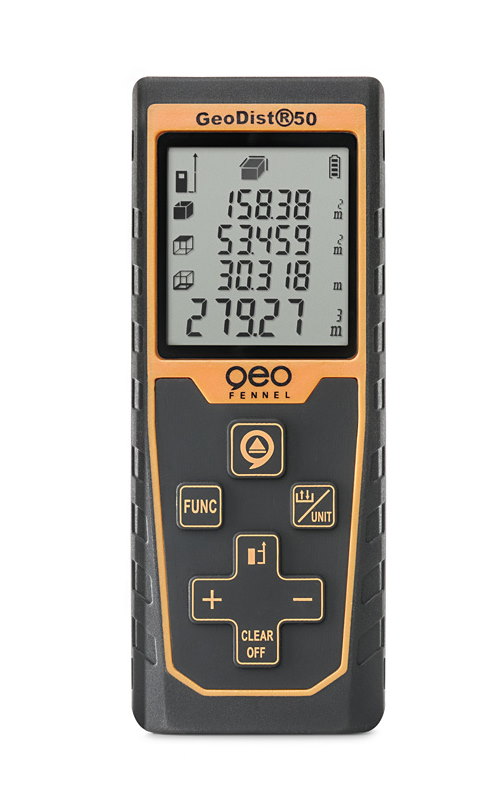
“Better Approximation of Betweenness Centrality.” In Proceedings of the 10th Workshop on Algorithm Engineering and Experimentation (ALENEX'08), 90-100. Geisberger, R., Sanders, P., and Schultes, D. “Centrality in Social Networks I: Conceptual Clarification.” Social Networks, 1, 215-239. “On Variants of Shortest-Path Betweenness Centrality and their Generic Computation.” Social Networks, 30, 136-145.įreeman, L.C. geodist can also calculate great-circle distances using the haversine formula.

By default, geodist implements Vincenty's (1975) formula to calculate distances on a reference ellipsoid. “A Graph-Theoretic Perspective on Centrality.” Social Networks, 28, 466-484.īrandes, U. geodist calculates geographical distances by measuring the length of the shortest path between two points along the surface of a mathematical model of the earth. Edge values are interpreted as distances for this purpose proximity data should be transformed accordingly before invoking this routine. Geodesics for all of the above can be calculated using valued edges by setting ignore.eval=TRUE. See Brandes (2008) for details and additional references. The package provides data on countries and their main city or agglomeration and the different distance measures and dummy variables indicating whether two countries are contiguous, share a common language or a colonial relationship. This may be of use when those near the end of a path have greater direct control over the flow of influence or resources than those near its source. The goal of geodist is to provide the same data from GeoDist ready to be used in R (i.e. This variant modifies the standard betweenness score by giving more weight to intermediaries which are closer to their targets (much like proximal source betweenness, above). The shortest-path betweenness of a vertex, \(v\), is given byĬ_B(v) = \sum_.$$ Rescale may cause unexpected results if all actors have zero betweenness. Logical ignore edge values when computing shortest paths? If true, centrality scores are rescaled such that they sum to 1. String indicating the type of betweenness centrality being computed (directed or undirected geodesics, or a variant form - see below).Ī geodist object precomputed for the graph to be analyzed (optional) diag is FALSE by default.īoolean indicating whether or not the theoretical maximum absolute deviation from the maximum nodal centrality should be returned. Set this true if and only if the data can contain loops. gmode is set to "digraph" by default.īoolean indicating whether or not the diagonal should be treated as valid data. "digraph" indicates that edges should be interpreted as directed "graph" indicates that edges are undirected. String indicating the type of graph being evaluated. Vector indicating which nodes are to be included in the calculation. This type of visualization allows to assess whether training data feature a representative coverage of the prediction area and if cross-validation (CV) folds (or independent test data. The angle AOB formed by A (Shanghai), O (Center of Earth), and B (New York) in the figure below (borrowed from: link, just to give an idea ) is acos(-0.28) = 1.86 radians, or in degrees: 1.86/3.14*180 = 106.6 °.Integer indicating the index of the graph for which centralities are to be calculated (or a vector thereof). This tutorial shows how euclidean nearest neighbor distances in the geographic space or feature space can be calculated and visualized using CAST.

= -0.28 -> this output is a value from -1 to 1 The sin and cos functions take latitudes and longitudes input in radians in most softwares. The distance in kilometers is calculated using the Spherical Law of Cosines :ĭ = acos( sin(lat1)*sin(lat2) + cos(lat1)* cos (lat2)* cos (long2-long1) ) * 6371 (km) As well as how the distances between geological points were calculated Calculating the distance between two points on the earth is fundamental to calculate all the measurements mentioned in earlier posts.


 0 kommentar(er)
0 kommentar(er)
